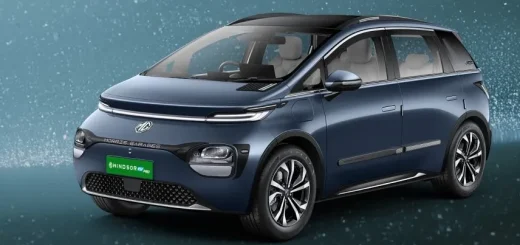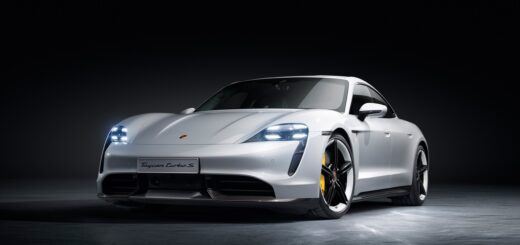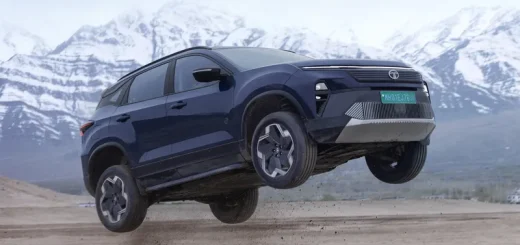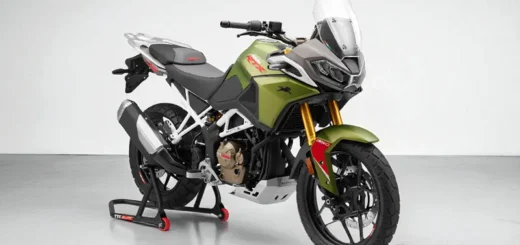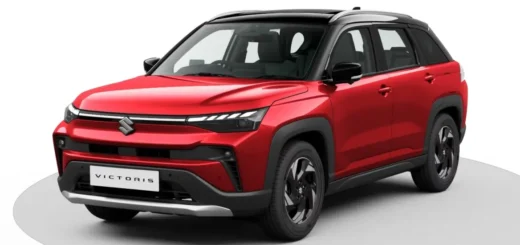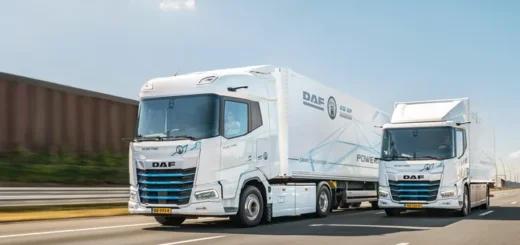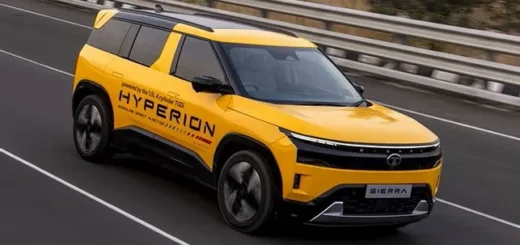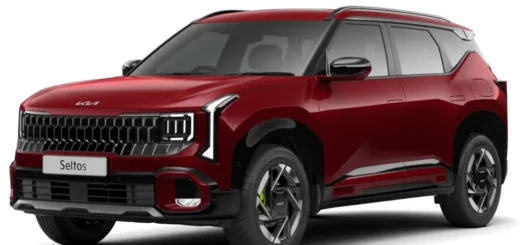Green NCAP 2023: Top 4 EVs that scored high in energy efficiency tests
The 2023 Green NCAP category winners are ORA Funky Cat, Tesla Model-S, Renault Kangoo and Volkswagen ID.5, outshining all other ICE and hybrid cars in their respective segments in Europe.
Green NCAP, an independent initiative that promotes the development of clean and energy efficient cars, judges cars available in the European market every year on the parameters of their tailpipe pollutant emissions, the fuel or energy consumption, and the sum of direct greenhouse gas output and the emissions related to the production and supply of the energy that they consume.
Based on the assessment, buyers can make an environmentally conscious choice in the segment that best suits their personal needs, claims Green NCAP. Further, the agency uses a broad range of tests to address the flaws in approval tests and, through consumer information, rewards those manufacturers whose vehicles go beyond the minimum requirements and real-world performance.
Also Read: Energy Efficiency of Battery-Electric, Hydrogen, ICE Compared
It is to be noted that the cars are not judged based on a holistic Life Cycle Assessment (LCA) that considers carbon footprint of a car in its entire life-cycle, starting from the sourcing of raw materials for its manufacturing to the end of its life.
The methodology for determining category winners involved the average value of the scores in each of the three indexes – Clean Air Index, Greenhouse Gas Index, and Energy Efficiency Index. The average score is given in percentage and is used as the basis for comparison of the vehicles, where the vehicle with the highest average score is adjudged as the category winner.
Here are the 4 EVs that secured top rankings to outshine all other ICE or hybrid cars in their respective segments this year:
1. ORA Funky Cat
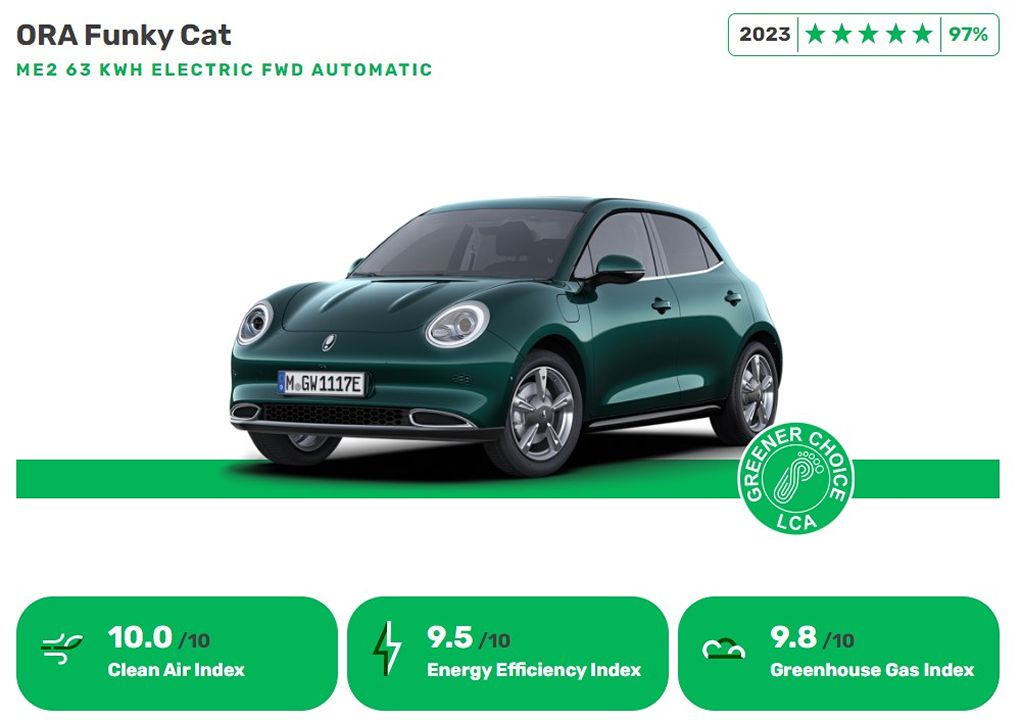
A product of Great Wall Motors (GWM), this electric hatchback has won high scores in two categories – Full Electric Car and Small Family Car. With a battery capacity of battery capacity of 63 kWh, the e-car has proved a usable battery capacity of 64.1 kWh and an overall efficiency of 93.2 percent from the grid (charging plug) to the output side of the battery, a new best value among Green NCAP tested vehicles so far.
2. Tesla Model S
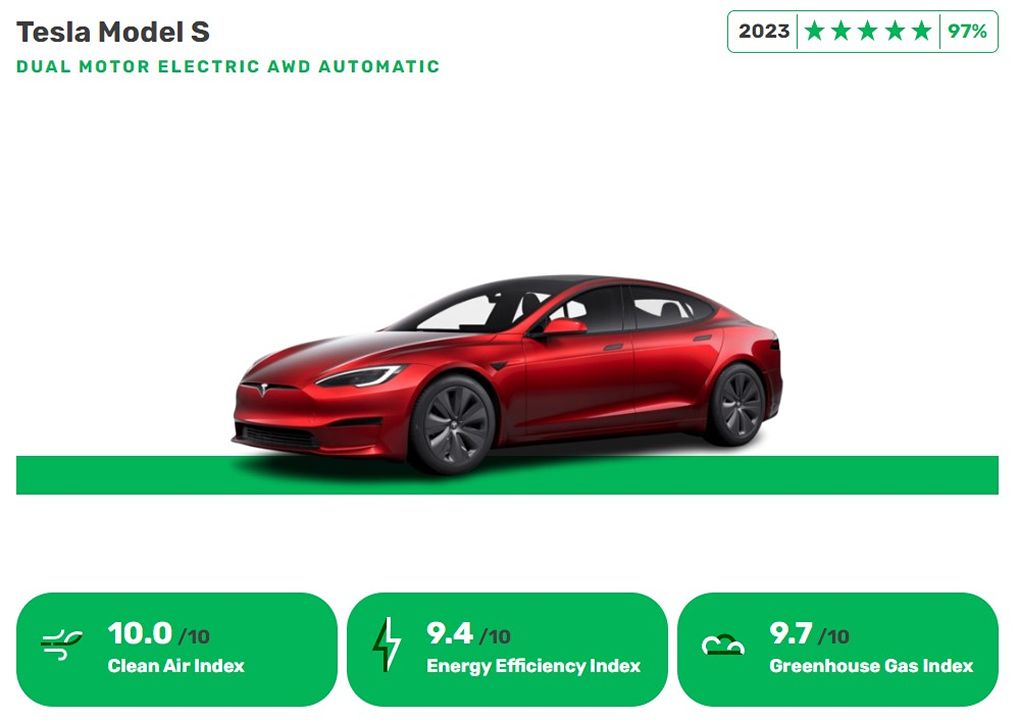
Leading the efficiency scores in the Executive Car category, the Tesla’s flagship electric sedan with an AWD dual-motor system and 100 kWh battery pack is said to have set new standards for electric luxury cars. The Model S has recorded high and consistent driving range of up to 630 kms in the real-world conditions, smart heat management and high efficiency, supported by 89 percent grid-to-battery-output efficiency.
Interestingly, the Model S, with an average score of 97 percent, has scored 1 percent less than that of Model 3 tested last year, although the cars belong to different segment and cannot be compared head-on.
3. Renault Kangoo
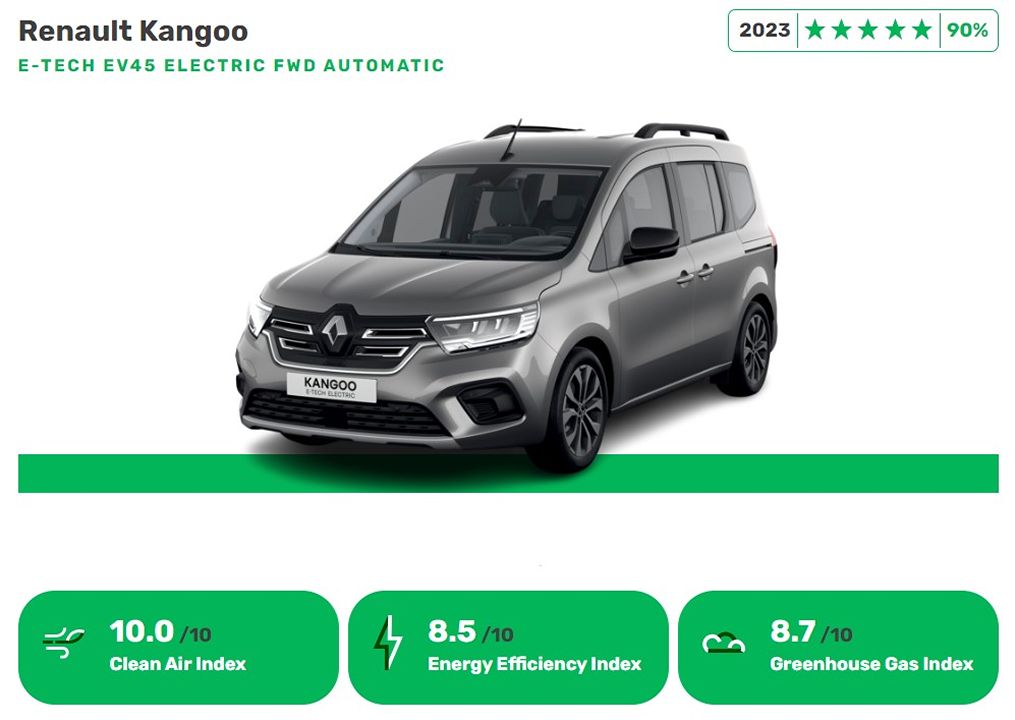
Recognizing its high utility value, Green NCAP has accredited Renault Kangoo E-Tech with an average score of 90 percent. It comes with a 45 kWh battery pack, recording a range of 226 km with a declared consumption of declared consumption value of 20 kWh/100 km.
The car’s grid-to-battery-output efficiency is 84 percent, which is commented as noticeably poorer than the usual 88 percent of today’s electric cars charged with 11 kW. Yet, the car has managed to receive all 5 Green stars.
4. Volkswagen ID.5
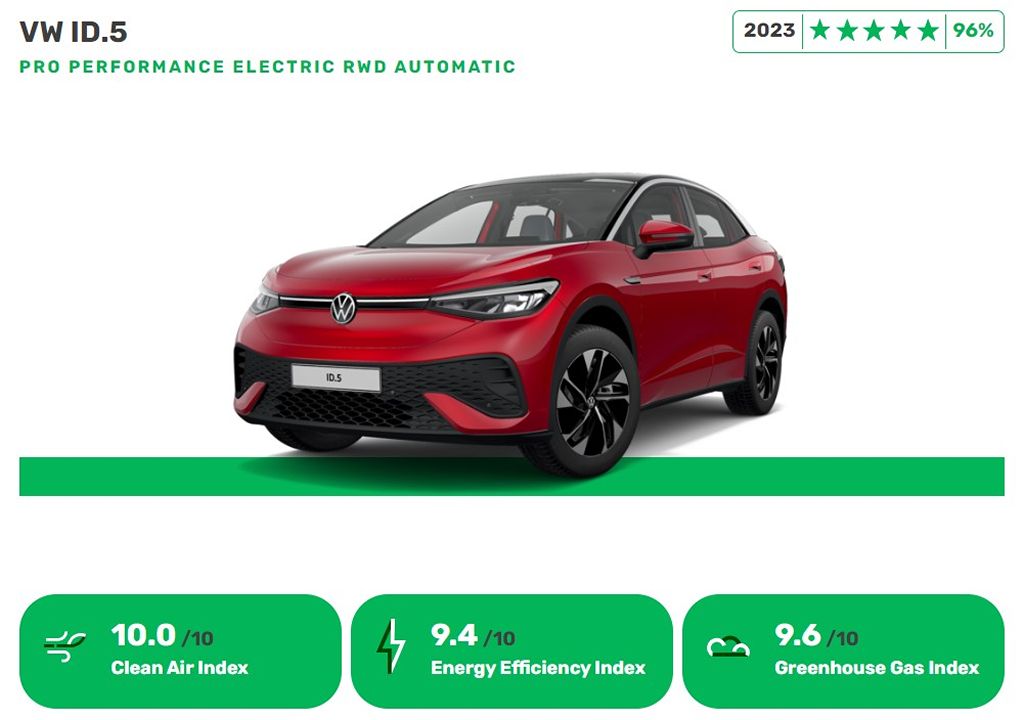
Despite its heaviness (2,100 kg) due to its big 77 kWh battery, the ID.5 has demonstrated impressive efficiency performance, achieving grid to the output side of the battery efficiency of 91.1 percent. Its energy consumption values are among the lowest measured by Green NCAP so far. An assured driving range of 480 km can be expected under moderate ambient conditions in a real-world drive, according to the evaluators.
Also Read: Bharat NCAP: Why is it important, what needs to be done?
Source: Green NCAP
*This article was first published in ETN (Emerging Technology News).

